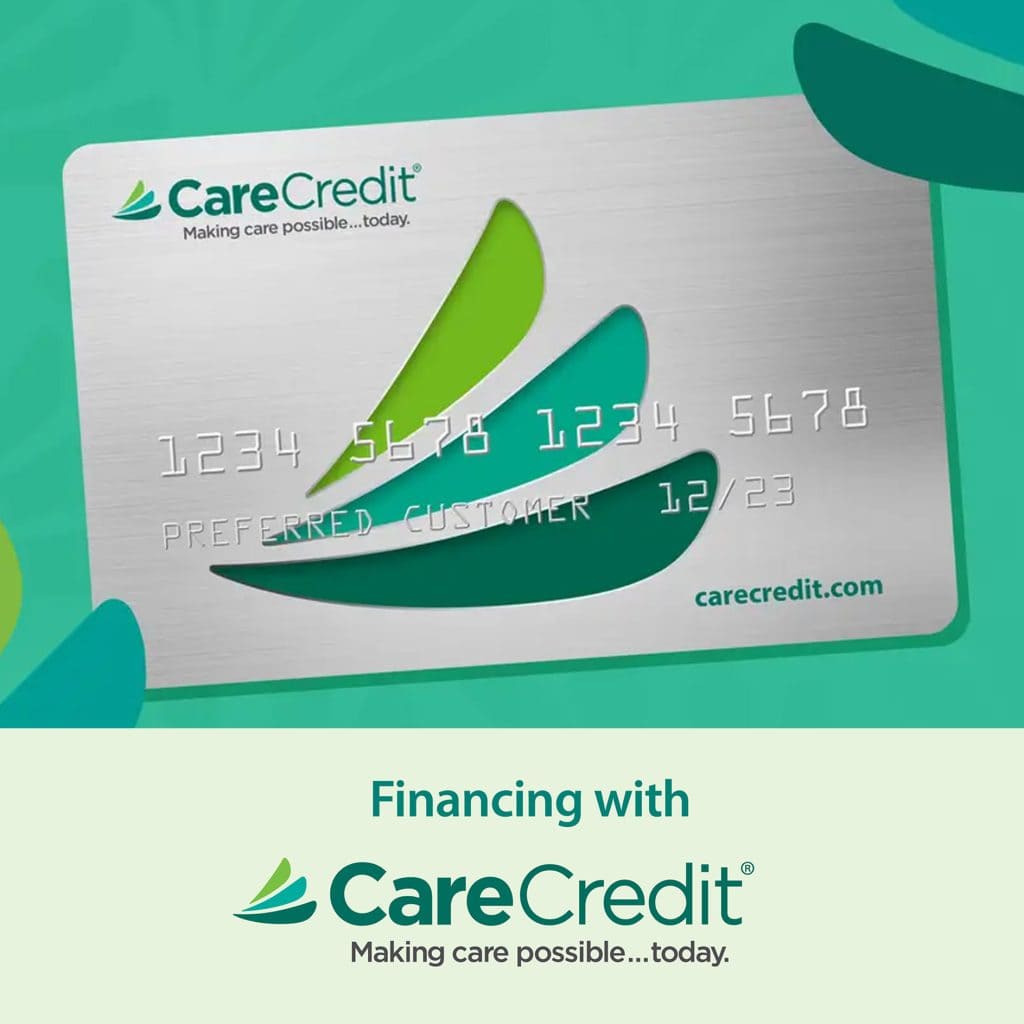As technology continues to move forward, hearing aids and their users benefit from the advancement in not only function, but also quality. “Analog” hearing aids—big, beige conspicuous devices—made sound waves larger to amplify them. You adjusted the volume based on your listening environment by pressing a button or turning a dial on the hearing aid itself.
Today’s more advanced hearing aids “digitize” sound waves by breaking them up into small digital units to more exactly replicate the sounds being amplified. Since the sound can be separated, these hearing aids are better equipped to differentiate environmental noise from other sounds to help you hear better.
Dr. Susan Rogan, an audiologist who practices in both Westmont and LaGrange Park, IL, two suburban villages outside of Chicago, explains, “The first fully digitally programmable and processing circuit hearing aids hit the market in 1996. While all hearing aids are now digital, there are different levels of digital technology.”
“There are entry-level products to premium product lines of sophisticated devices, which are even blue-tooth ready,” she continues.
More Option, More Choice
There are many options on the market today for a quality hearing aid with the latest digital features. According to the American Speech-Language Hearing Association (ASLHA), “there’s been an explosion of digital hearing aids on the market in the last five years. At last count: 22 manufacturers with digital hearing aids marketed under 40 different model names.”
They go on to explain that many digital hearing aids offer features that their analog ancestors did not. Bluetooth connectivity, pairing to smartphones and televisions, microphone directionality (Unitron Moxi Fit), and feedback suppression are just a few of the myriad advanced options available with current models.
“Digital hearing aids offer significant advantages over previous hearing aids for noise reduction, speech enhancement, and processing,” according to ASLHA. “Fortunately for both dispensing audiologists and patients, there are features and advanced signal processing schemes available in current digital hearing aids than previous analog instruments.”
Level Up
So how do you know if you could benefit from an upgraded hearing aid? A good idea is to consider your current hearing needs and your lifestyle. Does your hearing aid still meet your needs at work, home, and in social settings? If you have started being more social or moved into a home or neighborhood that is noisier than your previous living arrangement, these and more are reasons to check with your hearing health care professional about how a more advanced hearing aid could help you.
Your hearing aid will also perform better with regular maintenance. Your hearing aids may require a lot of maintenance or none at all, depending on the model, your activity, and even your ear canal, as moisture levels vary from person to person. Hearing aids can be worn for years without ever needing maintenance, or your hearing aids could require several visits to a technician due to things like moisture, dust, or earwax. These elements can prevent your hearing aids from performing at their best because they inhibit the function of microphones, speakers, and other technical components that make up the device. Often, a solution is as simple as replacing a filter on a speaker or cleaning debris away from the microphone. Difficult cases may involve sending the hearing aid to a factory for disassembly and an internal cleaning, while more sever instances might require a replacement of most or all internal parts.
Treating Hearing Loss
Millions of Americans are living with some degree of disabling hearing loss—about 48 million according to the Hearing Loss Association of America. It is one of the most prevalent medical conditions affecting people in America and around the globe.
Taking steps to continuously care for your hearing health is important as your hearing changes as you age. Whether you require an adjustment to your fitting, a new hearing prescription, or if you think you may be eligible for replacement hearing aids, check with your hearing health care professional to see what will work best for you. They can inform you of the latest hearing aids and many trending technological features to see if you could benefit from them.
However, try not to be distracted by the bells and whistles. Keep focused attention on how the hearing aids can serve you because new technology can also be very expensive. Hearing aid prices vary, but Dr. Rogan estimates the cost to be between $900 and $3000 per ear for newer devices, and the manufacturer’s lifespan of most hearing aids is between three and five years.






